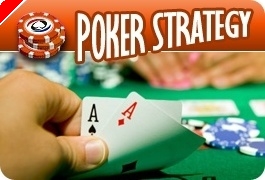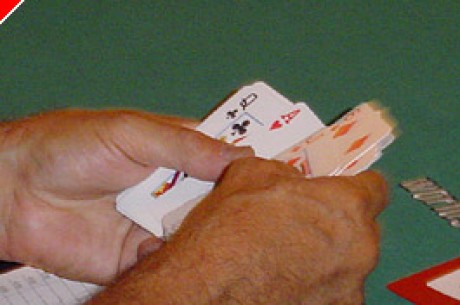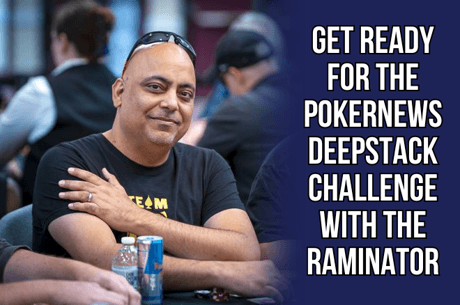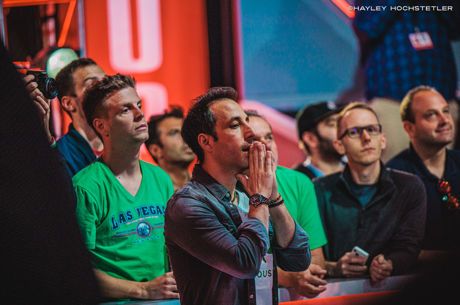Tournament Poker with Jeremiah Smith, Vol. 1: Table Dynamics -- Big Chips Equal Big Pots
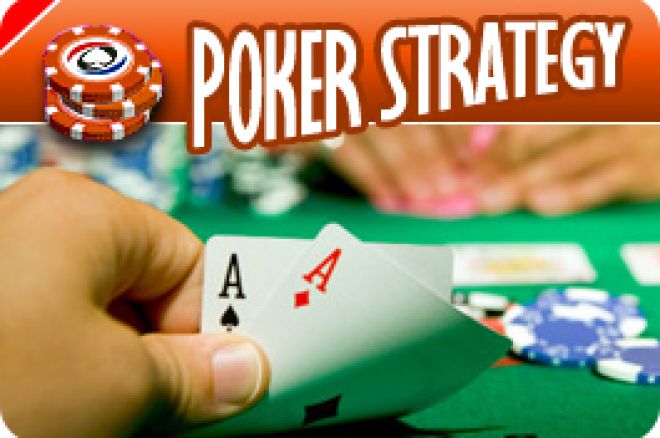
As I took my seat at the table, the first thing I noticed about this “deep stack” tournament was the number of chips. Or rather, the first thing I noticed was the lack of chips. Even though we started with over 300 big blinds, the number of physical chips in play was rather small. One opponent did mention the shortage of chips, but I think most medium-stakes players fail to understand the impact this has on a table.
It’s one of those wacky table dynamics I had seen demonstrated before: big chips equal big pots. When players don’t have smaller denomination chips, they tend to bet what’s in front of them. Our table quickly proved this maxim true as overbetting led to two quick eliminations. It’s a concept that easily gets overlooked when players discuss tournament strategy. I’ve read plenty of articles about bet sizing, re-stealing, and reading tells — I’ve authored my own share of them. However, I haven’t heard much (if any) formal discussion about big-chip psychology.
Needless to say, this wasn’t something I was expecting to see at the 2008 WSOP Main Event. While the ME boasts the best poker tournament structure in the known universe, feelings of unease slowly crept their way into my stomach as I made my way through the Amazon Room on Day 1. As soon as I began counting my chips I knew we could be in for a rough day. Despite having over 200 big blinds to begin play, the majority of the 20,000 stack was tied up in two orange chips and a handful of yellows.
I think Wayne Newton was still announcing “Shuffle up and deal!” when the first 8x raise hit the felt at our table. There’s nothing like a raise to 800 with the blinds at 50/100 to set the pace for the day... this was extremely bad news to someone who looks for an excuse to play every other hand.
There are often very simple adjustments that can be made when these issues come up. In this case, I knew we had to quickly establish a friendlier opening raise. On the next hand, I opened in the hijack to 250. On the third hand, I opened to 250. And the fourth one. It wasn’t long before another player at the table opened for the same amount; we didn’t venture too far over the 3x mark for the remainder of Day 1.
Of course, there are plenty of other ways to help a table break the big chip mentality. In the deepstack event I mentioned, a respected professional turned on the charm. He simply pointed out that the opening bets were a tad on the large size in relation to the pot. “I’m here to have a little fun today; why does everyone have to raise so much?” He flashed a big smile as he intoned, “Cuhhhmmm onnnnn, let’s see some flops!”
Please note that I would never suggest berating another player at the table. I’m not a fan of making someone else feel stupid for their actions when all they might need is some gentle encouragement. This player really knew how to work the table; some friendly coaxing was what they needed to settle down.
If a player finds themselves at a big-chip/big-pot table, they could easily combine these two approaches. During the 2009 WSOP, you might find myself in a similar situation. However, instead of opening four hands in a row it might only take you one. If you see one of those bizarre 8x raises, politely ask, “Did you mean to grab those four chips?” (a blue 500 and three black 100s) while throwing out two black and two green chips for a total of 250. Turn on the charm and establish the standard raise in one simple action.

